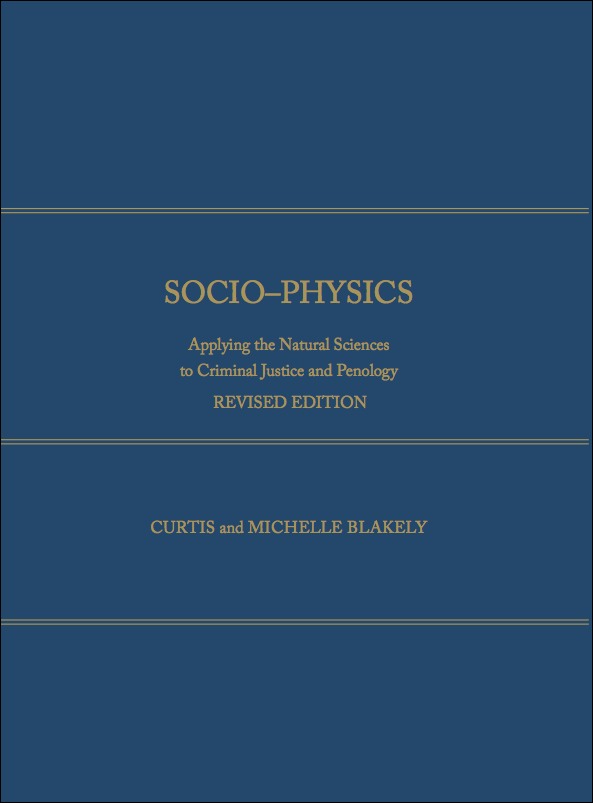Traditional Regression Methods versus the Utility of Machine Learning Techniques in Forecasting Inmate Misconduct in the United States: An Exploration of the Prospects of the Techniques
Abstract:
In the U.S., prison administrators often rely on risk assessment instruments to place and supervise inmates, as well as manage, plan and allocate resources. Hence, any improvement in the accuracy performance of risk assessment instruments is likely to result in significant benefits for offender classification and rehabilitation, management systems, and public safety. To date, researchers have explored the relative predictive performance between regression and non-regression methods and the overall evidence is inconclusive. In this study, we seek to advance the debate regarding the efficacy of traditional regression methods versus the utility of machine learning techniques in forecasting inmate misconduct by exploring the prospect that each technique may be more suitable for a specific performance measure. We examined the relative performance of a traditional regression method, logistic regression, and two machine learning techniques, random forest and neural networks, in classifying the proportion of inmates who engaged in serious misconduct (sensitivity), the proportion of inmates who did not engage in serious misconduct (specificity), and the proportion of inmates who did and did not engage in serious misconduct (overall accuracy). We found that to maximize sensitivity, the ensemble method should be employed, to maximize overall accuracy, the neural networks technique should be utilized, and to maximize specificity, either the random forest or neural networks approach will suffice.
Keyword:
Serious Inmate Misconduct, Machine Learning Techniques, Comparative Statistical Techniques, Importation Model, Deprivation Model.



